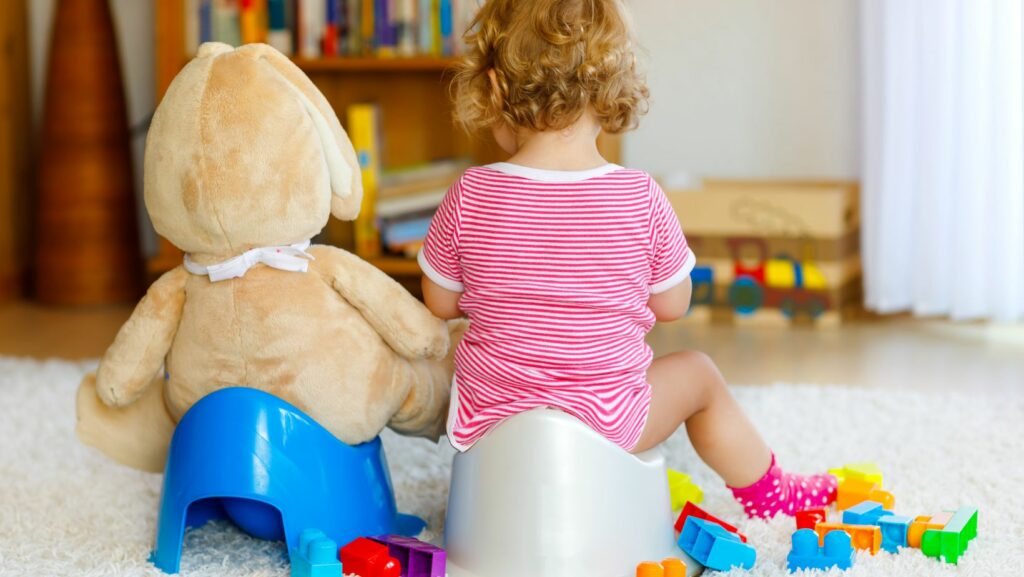Looking for ways to keep your busy toddler engaged at home? You’re not alone. As parents, we often grapple with finding activities that are both fun and educational for our little ones, especially those aged 18-24 months. This age group is characterized by boundless energy, curiosity, and a rapidly developing skill set, making it essential to provide them with the right activities.
In this article, we’ll delve into a variety of home-based activities that are perfect for this age group. From sensory play to early learning games, these activities are designed to stimulate your child’s development while keeping them entertained. So, let’s embark on this exciting journey of discovery and fun together, right in the comfort of your home.
Activities For 18-24 Month Old At Home
Let’s delve into the gist of entertaining homebound toddlers within the 18-24 month bracket. With play and activities serving as a cornerstone and cognitive skills development as a target, it becomes all the more intriguing to explore this facet of parenthood.
Engaging children aged 18-24 months in structured play and activities not merely pass the time but reap various benefits. For one, it stimulates mental development, improving cognitive, language, and motor skills. Activities serve as educational tools, where toddlers can learn about shapes, colors, numbers, and the world around them through play. Added to this, it fosters the toddler’s independence and gives a boost to their creative capabilities. It’s tangible proof of how entertainment and education can coexist seamlessly in a fun environment.As toddlers approach two years, they undergo a raft of cognitive changes, and the activities they engage in can expedite this growth.
Planning the Right Activities for Your 18-24 Month Old
Designing appropriate activities for toddlers demands an understanding of child personality, balancing fun with learning, and prioritizing safety.
Charting out activities for 18-24 months old children, one must take into account the individual child’s interests and personality. For instance, a child showing fascination for books could benefit from picture-based learning activities such as flashcards depicting alphabets, colors, and shapes. On the other hand, children who are more inclined towards physical play can enjoy structured games involving stacking blocks or sorting shapes, aiding in the development of their fine-motor skills.
Safety Considerations in Choosing Activities
Guaranteeing safety forms a significant part of devising activities for toddlers at home. Any home-based activities planned must eliminate the risk of choking, falls, and sharp objects.
Additionally, adult supervision becomes imperative during these activity sessions. An example could be sculpting with non-toxic, child-friendly clay – it’s fun, boosts creativity, and at the same time, ensures the child’s safety.
Remember, safety should not be an afterthought while planning activities; it’s a prerequisite that ensures a stress-free and beneficial learning experience for toddlers.
Structured Activities for 18-24 Month Old at Home
Parents can’t go wrong with indoor games, educational toys and crafty activities for toddlers. These options encourage learning, stimulate creativity and ensure safety, which is paramount for every parent or caregiver.
Indoor games prove excellent for limiting Toddler-TV time while enhancing fine motor skills. Incorporating games like ‘hide and seek’ with their favorite toys, or ‘shape sorting’ can engage their minds and keep them active. Remember, these activities rely on a child’s curiosity but also depend on adult participation for safety purposes.
Educational Toy-Based Activities
Providing toys that stimulate learning is an integral part of a toddler’s home-based activities. Puzzles with large, easy-to-manipulate pieces support problem-solving skills. Stacking blocks foster hand-eye coordination and spatial awareness. Additionally, interactive storybooks with colorful pictures boost their language development. However, each toy’s suitability might differ based on the child’s interest and skill level.
Driving creativity in toddlers can be done effectively through art and craft activities. Simple tasks such as tracing their hands or creating collages with colorful cutouts from old magazines can ignite their creativity. Similarly, ‘do it yourself’ (DIY) crafts like child-safe paints for finger painting or making cardboard castles foster both imagination and motor skills. Note that any crafting activity necessitates adult supervision to curb potential risks and maintain a safe environment.



